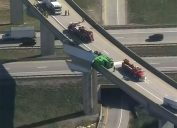How to Land an Airplane in an Emergency: 22-Step Guide From a Boeing 737 Instructor
Keep calm and land the plane.
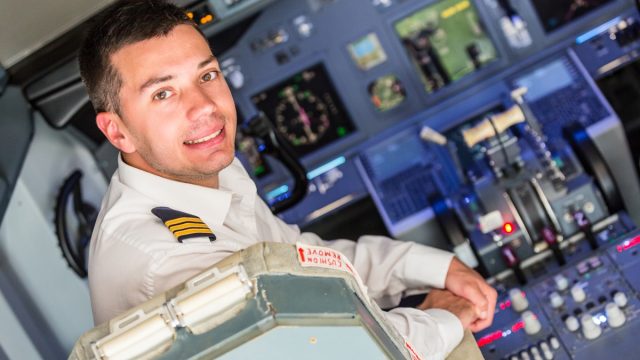
Could you land a plane in an emergency without flight experience? It would be tricky but not impossible (and would hopefully never be necessary!). According to veteran Boeing 737 instructor Petter Hornfeldt, it can be done. "This is highly theoretical since, and this is very important, no passenger will get access to the cockpit since it's locked," he says. "If they were to find themselves in this position, and they were to get and follow these instructions, their success rate would be high." Here is what Hornfeldt has to say (get ready to take notes).
Stay Calm
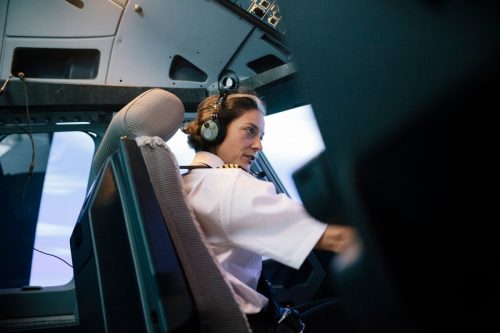
Rule number one in any emergency, no matter how terrifying, is to stay calm and in control of the situation. Hornfeldt says people who don't panic are better able to receive crucial instructions. "Their ability to stay calm, await instructions before doing anything, communicate clearly through the radio and not panic would be key."
Small vs. Large Aircraft
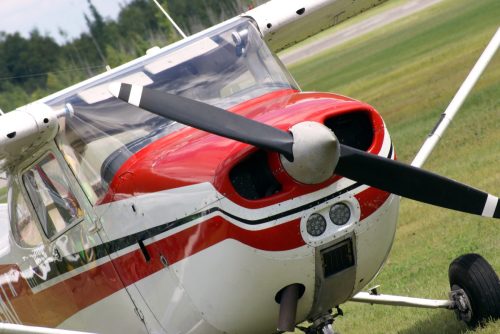
In this theoretical situation, Hornfeldt stresses that small aircraft are easier to control than large ones. "Smaller aircraft are slower and contain less energy, because of that, they are also easier to fly and get to stop on a longer runway. The bigger airliners have this auto-land capability but it requires a lot of steps."
Enter the Cockpit and Stay Calm
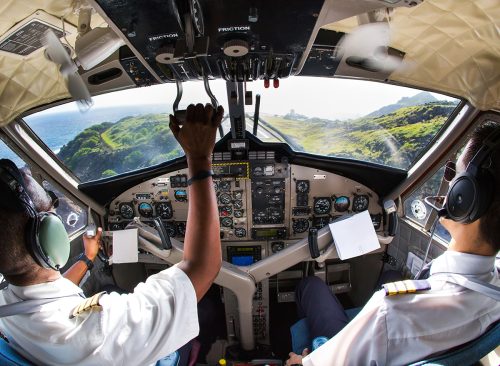
This is the part where it would be easy to feel overwhelmed and go into panic mode—entering the cockpit. Sit on the right, where the First Officer would be seated. "It's very important that you don't panic at this stage," Hornfeldt stresses.
Communication Is Key
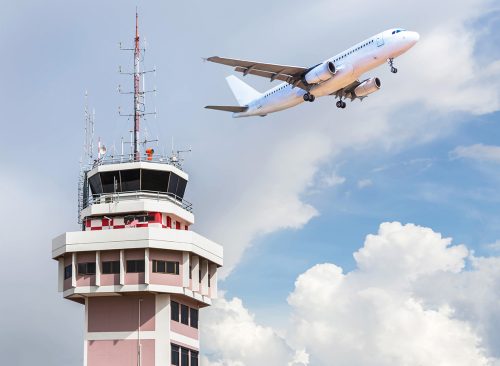
Hornfeldt says your chances of landing a place without communication are not great—so get that headset on immediately. "Because you need to initiate some kind of contact with air traffic control. Without contact with air traffic control and without them finding someone to help guide you down [the task] will be impossible."
Radio Frequency Settings
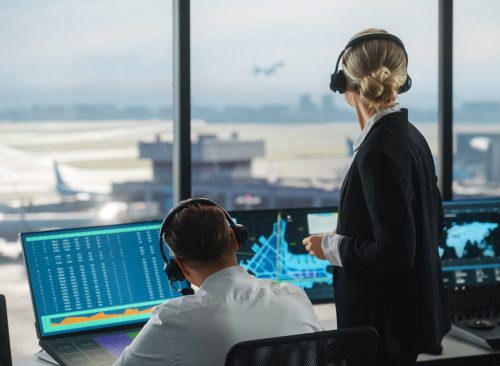
Next step—figure out your designated emergency radio frequency settings, which Hornfeldt says are usually on standby. Look at the center pedestal to the left, and press the arrow switch. "The radio is now set up for communication."
Audio Control
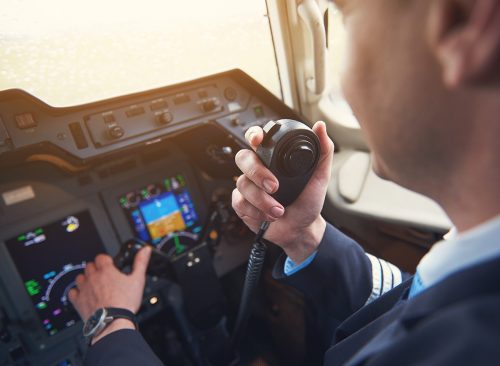
Next, Hornfeldt says to look at the audio control panel, which has several buttons with arrows on them. "Press the second one from the left, it's called VHF-2. Press that and put the arrow below it up to the 12 o'clock position. This means you have the volume set up correctly and you're now transmitting on the correct radio box."
Speak With Air Traffic Control
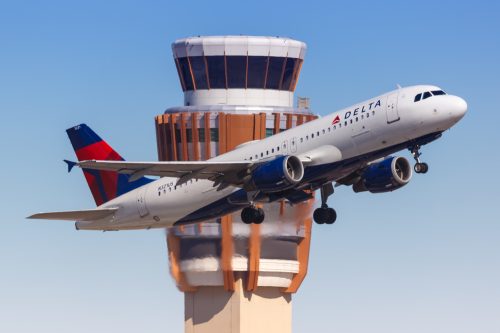
Now it's time to activate the radio transmission. "There is a switch to the far left of the console that says R/T [radio transmission] and I/C [intercom]," Hornfeldt says. "What you want to do is toggle this switch to the R/T position. When you do this you will be transmitting on the emergency frequency… tell them mayday, mayday, mayday. Say the name of the airline you're flying for and where you're going to, and that you're a passenger trying to fly the aircraft."
Set Your Emergency Code

Hornfeldt points out there are two knobs with four numbers in them to the left—it should say ATC. Set those numbers to 7700. "Now your radio frequency for air traffic control will be seen as an emergency flight, and it will be easier for them to find you."
How Much Fuel?
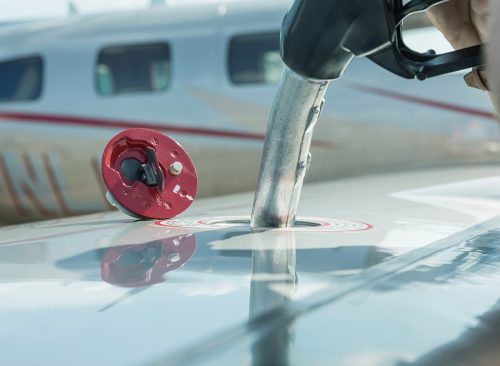
The next step is to share pertinent details with air traffic control—for example, how much fuel you have left and how far away you are from a landable airport. Hornfeldt points out where on the panel this information is displayed. "That will give air traffic control an idea of how much time you have," he says.
Control Auto Pilot
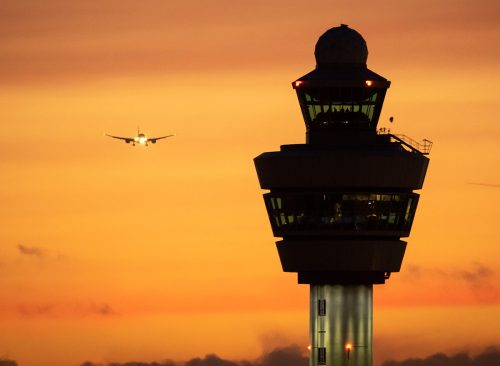
Hornfeldt says the next step is to figure out the auto control pilot settings. Air traffic control will tell you which attitude to drop the plane to, by turning the altitude knob on the panel. In the example he uses, the plane is flying over the English Channel and so can safely drop to 3,000 ft. You then have to "tell" the aircraft to descend using the LVL CHG (level change) button on the panel.
Turn the Aircraft
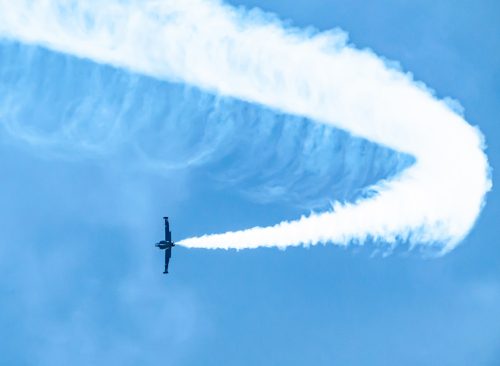
In Hornfeldt's scenario, the plane must make its way toward Stansted Airport in the UK. Turn the knob under "heading" to whatever air traffic control tells you—in this example, it would be '270'. Then press the HDG SEL (heading select) button. The aircraft should now start to turn.
Speed Settings
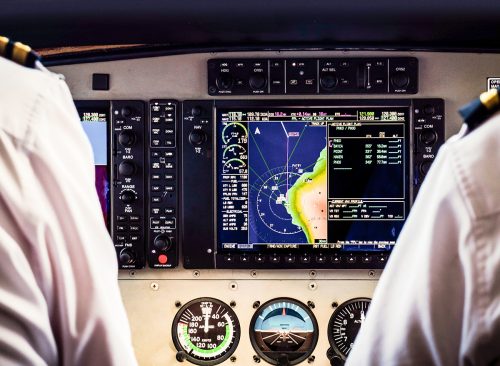
Hornfeldt points out how to change the speed settings from a Mach number to an indicated airspeed for an easier landing. And then—take a breath! So far so good. "While we are en route now and descending towards our destination, you'd start to prepare yourself," he says, pointing out how to move your seat for greater comfort while flying, as you would in a car.
Adjust Rudders

Hornfeldt says to make sure both feet can reach the rudder pedals. Adjust the rudders for your feet, as once you land the plane, that will be how you keep it straight on the runway. "You're steering it like you do with one of those old model cars," he says. "You're using your feet to keep the center line." Make sure to put your seatbelt on.
Check Altitude
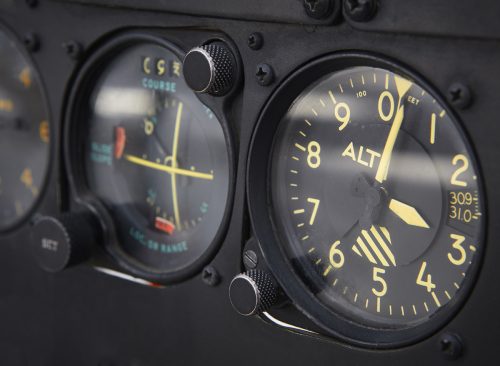
Hornfeldt says to check air speed and altitude, as its likely air traffic control will ask for that information. "Anytime air traffic control is asking for you, use the button on your mode control panel that says R/T and transmit using that." Don't touch the yoke, as it could disconnect the autopilot.
Autoland Settings
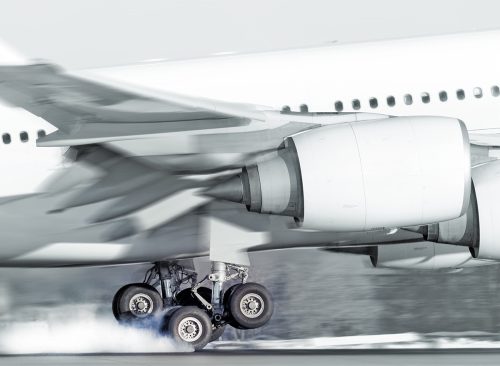
The airport you are heading for will tell you which two frequencies and courses to change for your autoland settings, Hornfeldt says. "Go down to the center pedestal again—below the radio box that you were setting, there's another box with two windows in it. That's your radio 2, and there's an identical one on the left hand side as well." Set the frequency for 110.5, and the course for 223.
Time To Slow Down
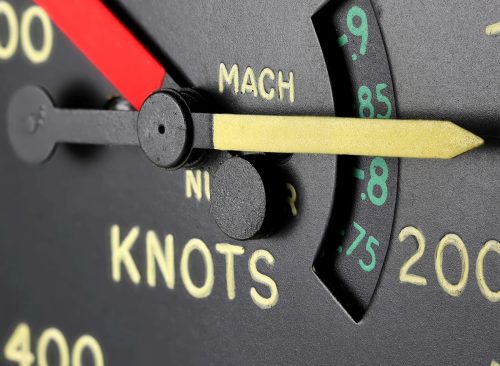
It's time for the plane to start slowing down in preparation for landing. At 286 knots (329 mph), the plane is going too fast. Set the IAS/MACH button to 210 knots to slow the plane down. "You will see on the speed window that the speed is starting to decrease," Hornfeldt says.
Configure For Landing
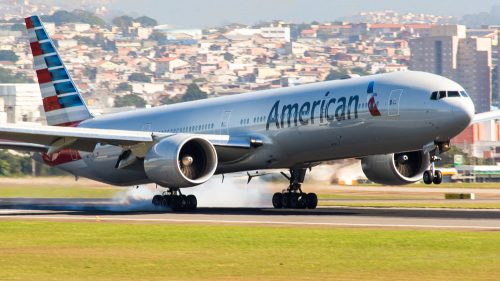
"What we need to do now is configure the aircraft to land," Hornfeldt says. Set the flap lever to position number 5 to slow the plane down even more. Wait twenty seconds, then turn the IAS/MACH button to 180 knots. "The aircraft is now slowing down more and more."
Auto Brake Settings
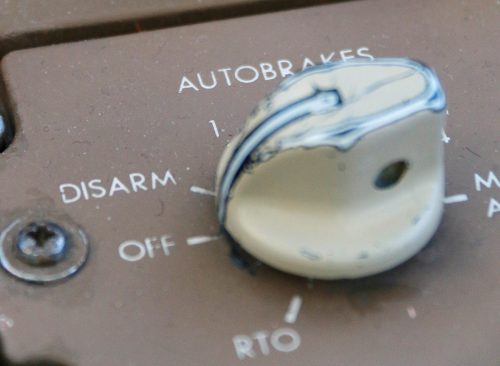
In order to make sure the plane stops by itself, auto brake settings have to be adjusted. "There is a knob called auto brake, and it does exactly what it sounds like," Hornfeldt says. "Bring that to the number 3." Hornfeldt says to now adjust the speed brake handle by lifting it up and back.
Configure For Landing
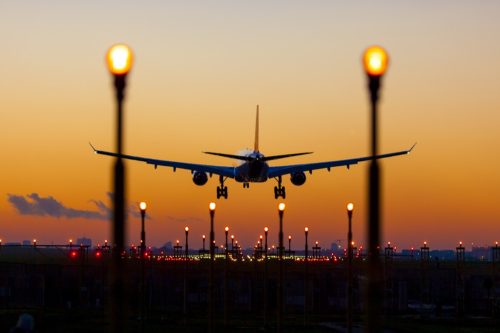
It's crunch time! Now you have to get ready to actually physically land the plane as you're cleared for the approach. "This is crucial, guys," Hornfeldt says. "In the middle of the mode control panel that controls the autopilot, there are three switches – LNAV, VOR LOC, and 'approach.' Press 'approach.'" Now Hornfeldt says to illuminate the second autopilot, which is to the right and marked CMD. Two autopilot lights should now be on. Do not press the one already illuminated! "Now the aircraft is set to approach, and autopilot is set up." The plane can now be guided towards the runway for a safe landing.
Engage Landing Gear
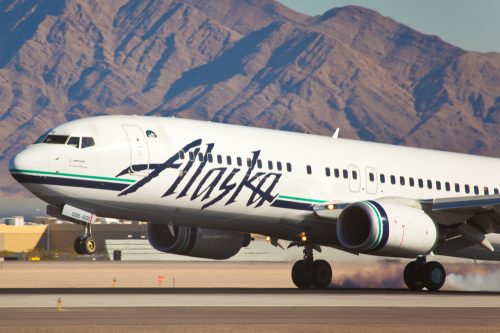
Hornfeldt says now is the time to reduce speed even further to 170 knots. As the plane gets close to landing, he shows how to get the landing gear down (three lights should illuminate when all three wheels are down). Pull the landing gear lever down, and don't be alarmed at the loud rumbling noise which is the air rushing past the gear. Configure the landing flap to 15, and bring the speed down to 155 knots. "So the situation you're in right now is that the autopilot is flying, autopilot is controlling the aircraft, the gear is down, the flaps are 40, the speed is back, the outer brake is set for landing, the speed brake is armed, everything is set, okay? Remember to continue to talk to air traffic control."
Land the Plane
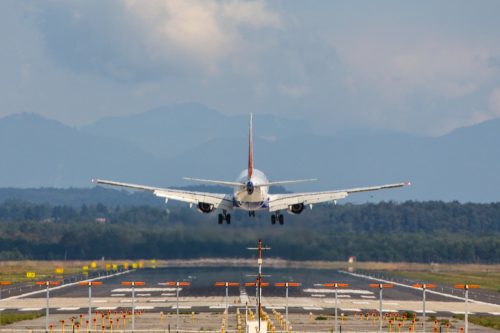
It's the moment of truth—time for the wheels to hit the tarmac. From ten miles away, you should be able to see the runway. "At this point, everything is set perfectly." Hornfeldt emphasizes that the aircraft cannot control itself on the runway, so get used to using the rubber pedals, but use small corrections, and don't overcorrect. Don't touch the brakes because it will disable the auto brake. "When we get down on the ground now, just make sure the aircraft comes to a safe stop on the runway.
Stop the Engines. You Did It!
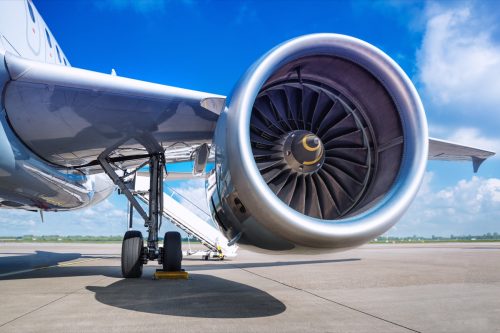
The aircraft should now land safely, with you steering the plane gently down the centerline. "What we want to do now is we want to make sure that emergency personnel can come and help us out. Um, so what you want to do next is just kill the engines," Hornfeldt says. "And you do that with these two buttons up here. That takes away the fuel from the engines. So when you do that, the aircraft is going to go dark. It's going to be quite dark in the cabin as well. You're going to get some emergency lighting coming up. If engines are shut off, emergency equipment can come on, help everyone that's on board and you have made a fantastic job."
